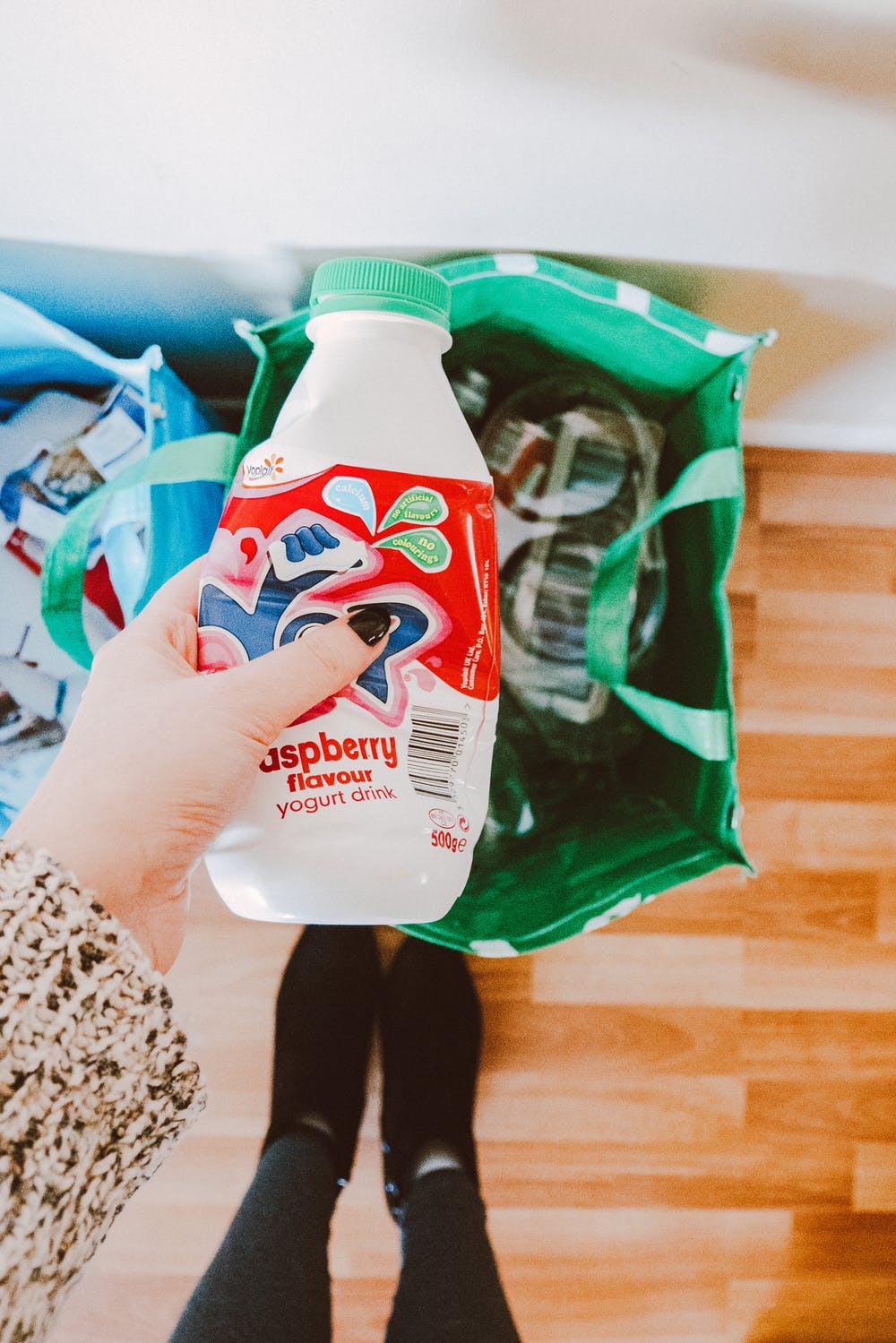THE RECYCLING SYSTEM IS BROKEN, BUT DON’T GIVE UP.
To be clear, this is pointed right at plastics! 🚫
We hate to say it, but the system for recycling plastics is broken! The majority of our plastics end up in a landfill and many community memebers are demanding answers.
Here’s what we know:
Up until 2017, we exported the majority of plastics to China. In 2018 they started to refuse our plastic waste. Since then, the US has been scrambling to find solutions.
Why aren’t we just recycling it ourselves?
Plastic has a low recyclability. This is largely because the process is expensive, complicated and the resulting product is (generally) of lower quality than what you put in. In US, 6x more plastic is incinerated than recycled.
As of right now, there is not a market for recycled plastic material. The cost that it takes to recycle the plastic is higher than the price it sells for.
Why do all plastics have the recycling symbol and a number?
This aspect is very misleading. The number located on plastic containers is called the PET number, this refers to the type of resin it is made from. Why the recycling symbol? That’s the misleading part. It doesn’t actually mean it’s recyclable, they just add that symbol to make us “feel better”.
What plastics are recyclable?
From our research we’ve found that PET # 1 & #2 have the highest recyclability. These plastics resins generally make up the majority of our jugs and bottles. But are they really being recycled? That’s something we are trying to get to the bottom of. Right now we are gonna assume the answer is no (Due to market prices and cost).
So who is to blame for this?
Let’s say it’s a combination of the manufacturers, municipalities and the consumers.
Manufacturers switched to disposable products mainly to help cut cost. You may remember, we use to have a system of purchasing and returning containers that was effective. Milk bottles, pop bottles and more. The manufacturers made a switch to disposable to cut cost. They shifted the burden of recycling from themselves, to the consumer.
Why are the municipal waste districts to blame?
Personally, I believe they deserve some of the blame because when they found out what was happening with our recyclables, they didn’t sound the alarm.
What about the consumer?
We all have a responsibility to be mindful of what we consume. The rate in which we are consuming disposable plastics is…absurd. The world consumes 1 million plastic bags a minute and 1.5 billion plastic bottles a day. We somehow believe in this make believe land of “away” when we throw something out. We have been mislead but it’s our responsibility to shift no that we have the information.
What can we do from here?
There are many options, and some are less effective than others. Of course we can make a personal shift and reduce what we can consume, if we all did that, it would make a very large impact.
Let’s look at this analogy. Say you have an overflowing tub and the tap is still going, to reduce the water would you get spoon and start shoveling it out or would you turn off the tap?
To make a change we need to turn off the tap. Plastic manufacturers need to shift and stop pouring out the plastics.
What are manufacturers suppose to do? They can shift to materials that have a high recyclability or invest in a way to create plastics from biodegradable materials. Currently, plastics are made from petroleum and they can take up to 1,000 years to biodegrade and even then, it poisons our water and soil. We can also go back to a buy-back program and reuse glass bottles!
Just last week, a bill was introduced to the US senate as a call to action for the plastic pollution crisis. This bill, Break Free from Plastic Pollution Act, shifts the responsibility from the consumer and municipalities to the manufacturers. Manufacturers would be forced to think of solutions for the waste they produce and even help develop a recycling program.
How can we help push this bill? Talk about it. Spread the message. Read about it. Call your senators and state reps to let them know you support this bill!
We still recommend reducing, reusing, and rethinking all that you consume. Together, we can make a change.
We also have to note, some areas have a W.R.A.P recycling program at local grocers. We’ve found this recycling method for bags and film is effective. This largely because it is being led by a specific company that focuses on the recycling process of these types of plastic. Check and see if your area has a W.R.A.P program.









